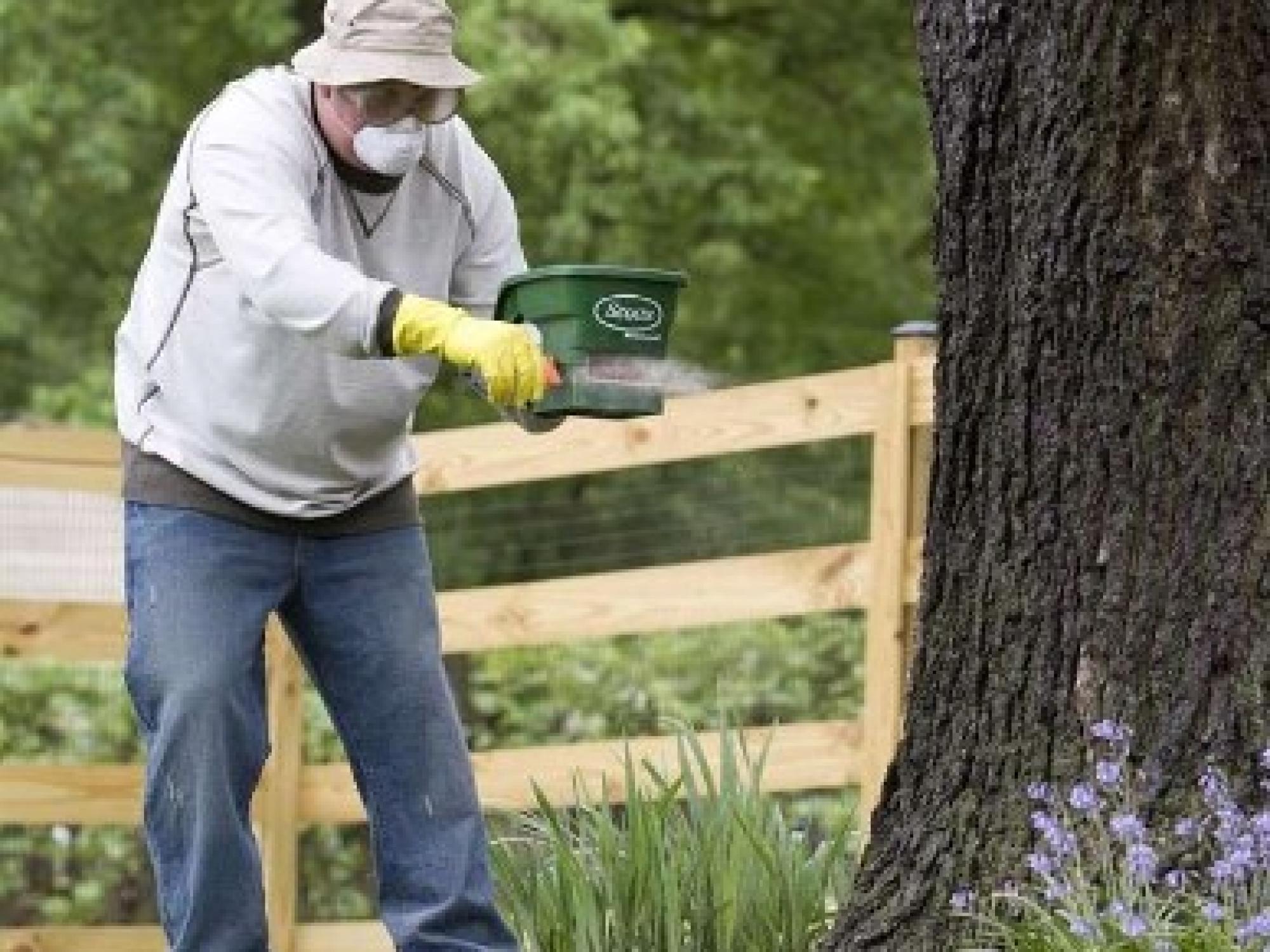Did you know that using too much fertilizer can be harmful to the environment? Excess phosphorus and nitrogen flows from lawns into our local waterways and causes toxic algae growth that's harmful to people, pets, and aquatic life. To help protect water quality, it's important to read your fertilizer label and choose one without phosphorous.
Did you know that Colorado soils are often naturally high in phosphorous? Established lawns most likely do not need additional phosphorous. You can pick a phosphorous-free fertilizer to help protect water quality!
So, what else can you do in your own yard this spring to help water quality?
- Fertilize your lawn and garden according to the instructions on the label.
- Apply fertilizers during clear weather with no rain in the forecast for at least 24 hours, preferably longer!
- Water only when needed.
- Use low-maintenance landscaping such as xeriscaping.
Check out this nutrient infographic for helpful tips on what you can do to protect water quality.
Post Categories
